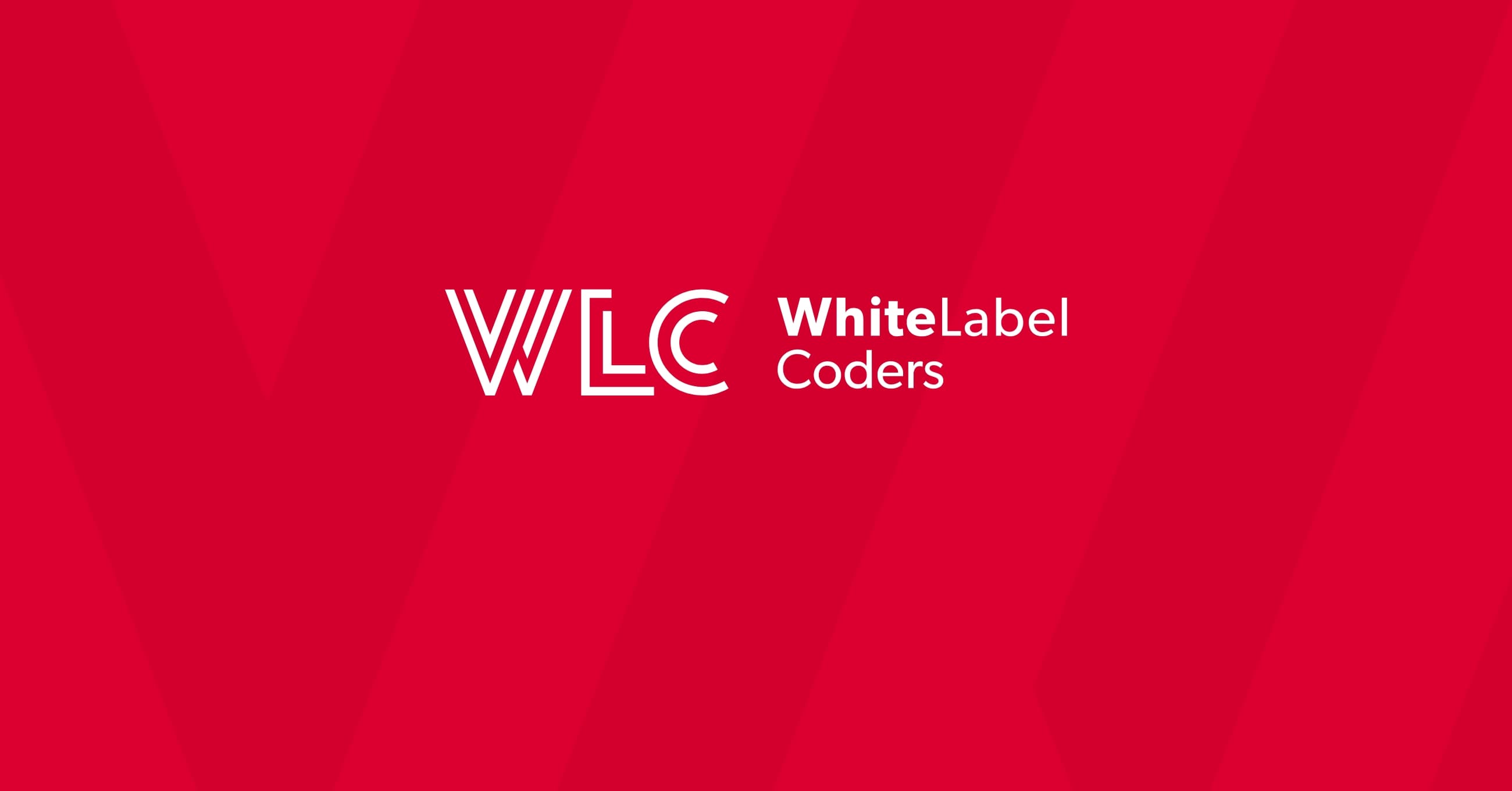Category: SEO AI
How to optimize affiliate site structure for maximum search visibility

Affiliate sites face unique challenges when it comes to search visibility. You’re competing in saturated markets, dealing with constantly changing data, and trying to rank whilst managing complex site structures. Poor search performance directly impacts your revenue, but many affiliate sites struggle with the same structural issues that prevent them from reaching their ranking potential.
The good news? Most of these problems stem from fixable architectural decisions. When you understand how to structure your affiliate site properly, you create a foundation that supports both search engines and users. This guide walks you through the specific strategies that make the difference between an affiliate site that struggles to rank and one that consistently attracts organic traffic.
Why most affiliate sites fail at search visibility
The biggest problem with affiliate site structure isn’t technical complexity. It’s chaos. Most affiliate sites grow organically without a clear plan, resulting in navigation that confuses both users and search engines.
Poor navigation hierarchy creates the most damage. When you have comparison pages scattered across different sections, reviews buried under random categories, and bonus information duplicated across multiple URLs, search engines can’t understand what your site is actually about. This lack of topical authority means you’re fighting an uphill battle for every keyword.
Duplicate content issues plague affiliate sites more than any other type of website. You might have the same casino review appearing on multiple comparison pages, identical bonus descriptions across different landing pages, or similar content structures repeated for different operators. Search engines see this duplication and struggle to determine which page deserves to rank.
Navigation problems compound these issues. Users land on your site but can’t find what they’re looking for because your menu structure doesn’t match how people think about your content. They bounce quickly, sending negative signals to search engines about your site’s usefulness.
These structural problems create a cascading effect. Poor user experience leads to high bounce rates. High bounce rates signal to search engines that your content isn’t valuable. Lower rankings mean less traffic, which means less revenue from your affiliate partnerships.
Building a search-friendly affiliate site architecture
Effective affiliate site architecture starts with understanding your content hierarchy. You need three main content types: hub pages that cover broad topics, comparison pages that evaluate multiple options, and detailed review pages for individual operators or products.
Your URL structure should reflect this hierarchy clearly. Use patterns like `/category/subcategory/specific-page` rather than random URL strings. For example, `/online-casinos/uk-casinos/casino-name-review` immediately tells both users and search engines exactly where they are in your site structure.
Category organisation matters more than you might think. Group related content together in ways that make sense to your visitors. If someone is interested in UK online casinos, they probably want to see UK-specific bonuses, UK-focused reviews, and UK gambling regulations all within the same section.
Internal linking strategy connects everything together. Link from your hub pages to relevant comparison pages, from comparison pages to detailed reviews, and use contextual links within content to guide users through related information. This creates clear pathways for both users and search engine crawlers.
Navigation design should prioritise user intent over comprehensive coverage. Your main menu doesn’t need to include every single page on your site. Focus on the most important user journeys and make those paths as clear as possible.
Technical SEO foundations for affiliate websites
Page speed optimization becomes even more important for affiliate sites because you’re often loading external data, comparison tables, and multiple images. Users expect fast loading times, especially when they’re researching financial decisions like choosing an online casino or sports betting site.
Core Web Vitals directly impact your affiliate site performance. Largest Contentful Paint measures how quickly your main content loads. For affiliate sites with heavy comparison tables, this often becomes a bottleneck. Server-side rendering helps by preparing your content before it reaches the user’s browser.
Mobile responsiveness isn’t optional for affiliate sites. Many users research gambling sites, financial products, or other affiliate offers on mobile devices. Your comparison tables need to work well on small screens, your forms need to be easy to complete, and your affiliate links need to be easily clickable.
Schema markup implementation helps search engines understand your specific content types. Use review schema for your casino or product reviews, FAQ schema for common questions, and organization schema for the companies you’re reviewing. This structured data can help your pages appear in rich snippets.
Handling affiliate links properly protects your SEO efforts. Use proper rel attributes on outbound links, ensure your affiliate tracking doesn’t slow down page loading, and consider using redirects for affiliate URLs to maintain cleaner link structures.
Content organization strategies that boost rankings
Content silos work particularly well for affiliate sites because they help establish topical authority. Create distinct sections for different types of products or services, then build comprehensive content within each section. This shows search engines that you’re an authority on specific topics rather than just creating random affiliate content.
Hub pages serve as the foundation of your content strategy. These comprehensive guides cover broad topics like “Online Casino Bonuses” or “Sports Betting Strategies” and link out to more specific content. Hub pages help you rank for competitive head terms whilst supporting your more specific pages.
Strategic internal linking between related content helps search engines understand the relationships between your pages. Link from your general guides to specific reviews, from comparison pages to detailed analysis, and between related topics that your users might be interested in.
Organizing comparison pages requires careful planning. Structure these pages to compare like with like, use consistent criteria across comparisons, and make sure each comparison page has a clear purpose. Avoid creating multiple comparison pages that cover essentially the same ground.
Landing page organization should match user search intent. If someone searches for “best UK online casinos,” they want a curated list with clear recommendations. If they search for a specific casino name, they want detailed information about that particular site. Match your content structure to search intent for better performance.
Measuring and improving your site’s search performance
Google Search Console provides the most important data for tracking your affiliate site’s search performance. Monitor your coverage reports to identify indexing issues, check your Core Web Vitals reports to spot technical problems, and use the performance reports to understand which pages drive the most traffic.
Crawl analysis helps you identify structural problems before they impact your rankings. Use tools that can crawl your entire site and report on issues like broken internal links, pages with thin content, or duplicate title tags. Regular crawl analysis catches problems early.
Ranking improvements take time to materialise, but you can track progress through position changes for your target keywords. Focus on improvements in your average position rather than just looking at individual keyword rankings. Consistent upward movement indicates that your structural improvements are working.
Page-level analytics reveal which parts of your site structure work best. Look at metrics like time on page, bounce rate, and pages per session to understand how users navigate through your content. High-performing pages can serve as templates for improving underperforming sections.
Regular performance monitoring should include both technical metrics and business metrics. Track your organic traffic growth, but also monitor affiliate conversion rates and revenue per visitor. The best site structure improvements boost both search visibility and affiliate performance.
Optimizing affiliate site structure for search visibility requires ongoing attention, but the fundamentals remain consistent. Focus on clear hierarchy, fast loading times, and content that serves your users’ needs. When you get the structure right, both search engines and visitors can easily find and use your content. Web development outsourcing can help affiliate sites implement these structural improvements through centralized data management, optimized page builders, and technical SEO foundations that support long-term growth.

